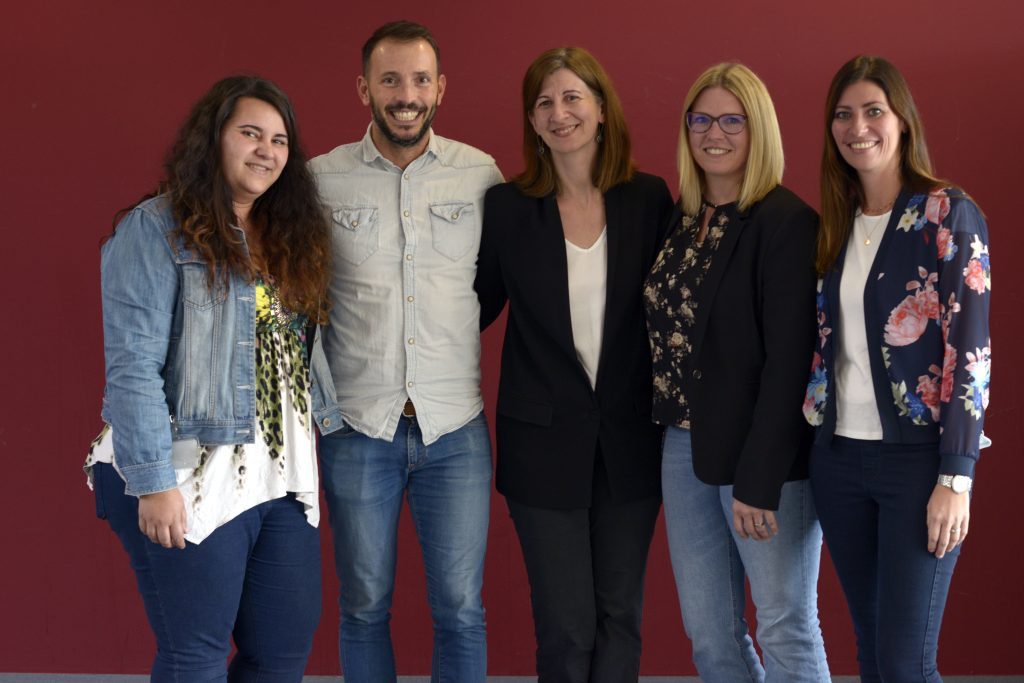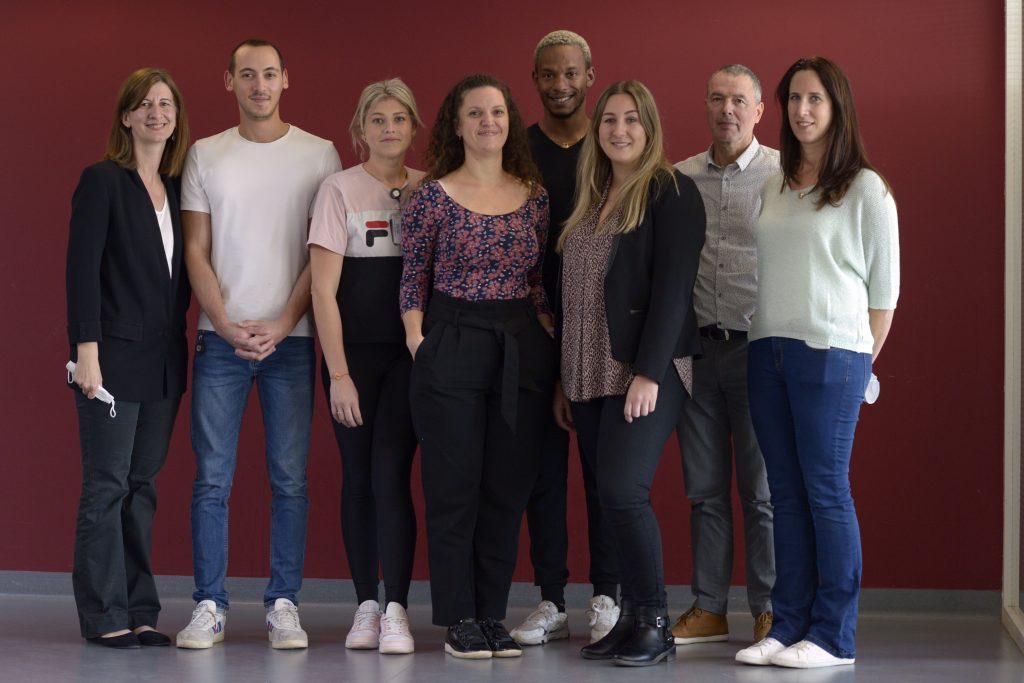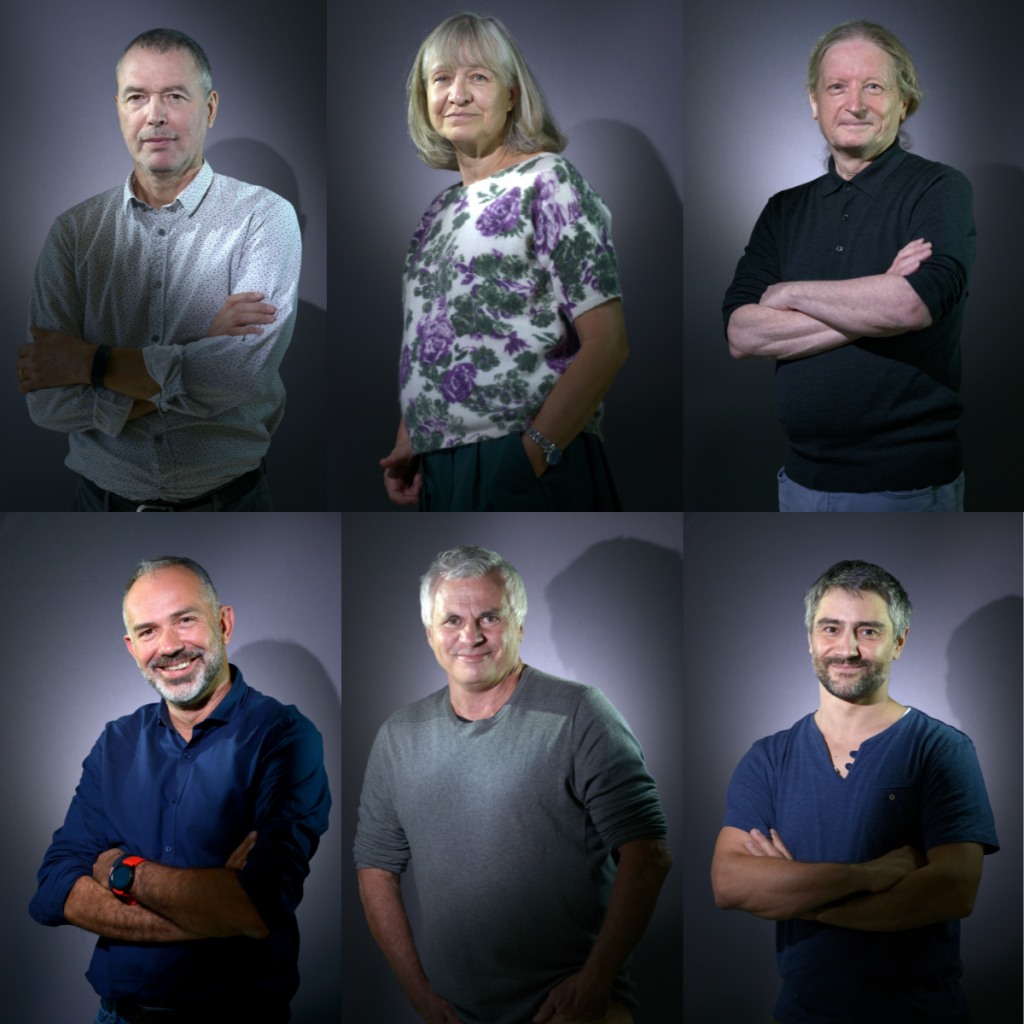Ana Zarubica, 2021 Research Support Prize
Ana Zarubica plays a coordinating role at the Center for Immunophenomics. Her objective: ensure the optimal organization of a unit that offers scientists around the world mouse models for use in researching immune system function and dysfunction. An investment recognized through the Research Support Prize.
Discover all the 2021 Inserm Prize winners

Supporting research into immunity genes
« During my dissertation and post-doctorate in immunology and oncology, I participated in supervising technical staff and students, creating value from the findings, applying for funding... So when the project for Ciphe, the Center for Immunophenomics [study of the function of the various genes linked to immunity, ed.], came to fruition in Marseille and that its founder Bernard Malissen gave me the possibility to co-construct the role of Operations Manager – one that is both scientific and administrative, I accepted,” explains Ana Zarubica, Deputy Director and Operations Manager of this Service Unit driven by Inserm (SU12), CNRS and Aix-Marseille Université.
Of mice and men
Ciphe generates and analyzes mouse models in order to understand the function of the genes involved in immune responses. It also conducts its own projects to produce new preclinical models. « However, when it was created in 2011, it was, with its five technological platforms and six departments spread over 37,670 square feet, a Service Unit of an unprecedented size at Inserm. We had to design organizational and strategic tools to monitor activities, set up the offerings, etc. In addition, the economic model is particular since we work with both academic teams and industry. Inserm’s Provence-Alpes-Côte d’Azur and Corsica Regional Office then trained me in administrative and financial duties,” recalls Zarubica, who passed the Inserm Research Engineer competitive examination in 2012.

Nine years later, thanks to its 60 members of staff and its L3 laboratory, which allows viruses such as HIV or the novel SARS-CoV‑2 to be handled in complete safety, Ciphe is recognized on both the national and international levels. « In 2019, my team, made up of seven people, handled 250 collaborative and service provision projects, », she says. Another example of this recognition, Ciphe contributes to the immunological part of the first ever functional encyclopedia of the genes of the mouse immune system; a project driven by the International Mouse Phenotyping [study of all the characteristics, ed.] Consortium (IMPC).

A dual role
But Zarubica does not limit herself to administration. « I am responsible for developing the scientific strategy with Malissen of course, but also for promoting the platform and developing partnerships, she specifies. So in 2018 Ciphe joined forces with Jackson Laboratory, a US non-profit, to characterize a preclinical model of a mouse with a humanized immune system. » A project that she is leading. Finally, she coordinates a task force of six engineers, launched with Malissen at the start of the COVID-19 pandemic. Thus, in summer 2020, Ciphe was the first platform in Europe to offer mouse models for use in understanding the disease and evaluating treatments. “Thanks to these models, academics and industry have obtained interesting findings which will be published shortly. And these projects provide knowledge for future emerging viruses,” assures Zarubica, who always has one eye on the future. Proof of this is that she helped set up other Inserm Service Units because “These structures that accompany the revolution of ‘ ‑omics’ approaches, enabling the exhaustive study of genes, proteins or even the characteristics of an organism, will only become more numerous,” she concludes.

